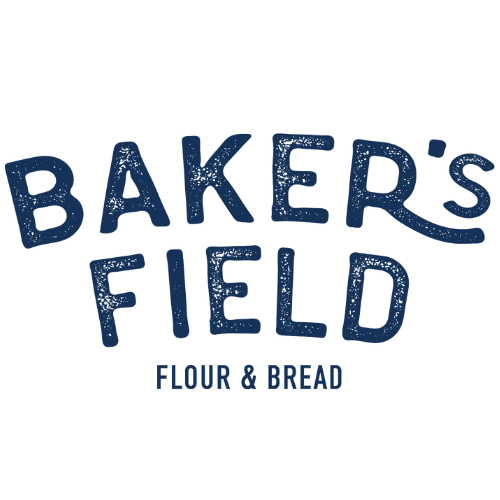At Baker's Field, we don't use commercial yeast. By "commercial yeast," I mean yeast you buy at the store, usually in little packets. Two of the most common types of commercial yeast are active dry yeast and instant yeast. Most bakeries and home bakers use commercial yeast -- it's predictable and easy to use. Bread made with commercial yeast works fast -- you can mix a dough, and bam, you’re eating bread a few hours later.
We opted out of this quick, easy to use product and instead chose to create naturally leavened bread, which means we make our own yeast using bacteria from the flour and the air. In other words, we use a sourdough starter in our dough.
We love the complications of working with naturally leavened dough -- there are a couple more steps and adjustments throughout the process. The flavor is elevated. It's all very natural. However, last month we had some bakers visiting Baker's Field. These bakers use commercial yeast and wanted to play around with making baguettes and ciabatta with commercial yeast. This got me thinking that likely many of our customers are using commercial yeast at home, and that perhaps those customers would like a recipe to use with our flour. Anyone out there screaming, yes, pleeaassee?!
Well, your calls have been answered! With you, our customers, in mind, I made the much talked about no-knead bread at home. I wanted to make the bread at home (versus the bakery) to get the full home baker experience. I used our sifted bread flour (obviously!), with the goal of adjusting the recipe to work with fresh flour. If you’re a dedicated reader, you already know that working with fresh flour is different than working with industrial flour.
So, here’s my tip for making no-knead bread at home with Baker’s Field Flour: add more water than the recipe calls for.
The no-knead recipe calls for 300 grams flour and 210 grams water. I added 300 grams water to my mix. The dough was indeed quite wet and hydrated, but I simply folded the dough after half an hour to add a little strength, and the finished product looked (and tasted) great. If you’re wary of working with a very wet dough, you could add 270 grams water instead.
You can find the no-knead recipe here. https://www.seriouseats.com/recipes/2011/06/better-no-knead-bread-recipe.html
As always, feel free to email me with questions: hannah@bakersfieldflour.com
-- Baker Hannah

